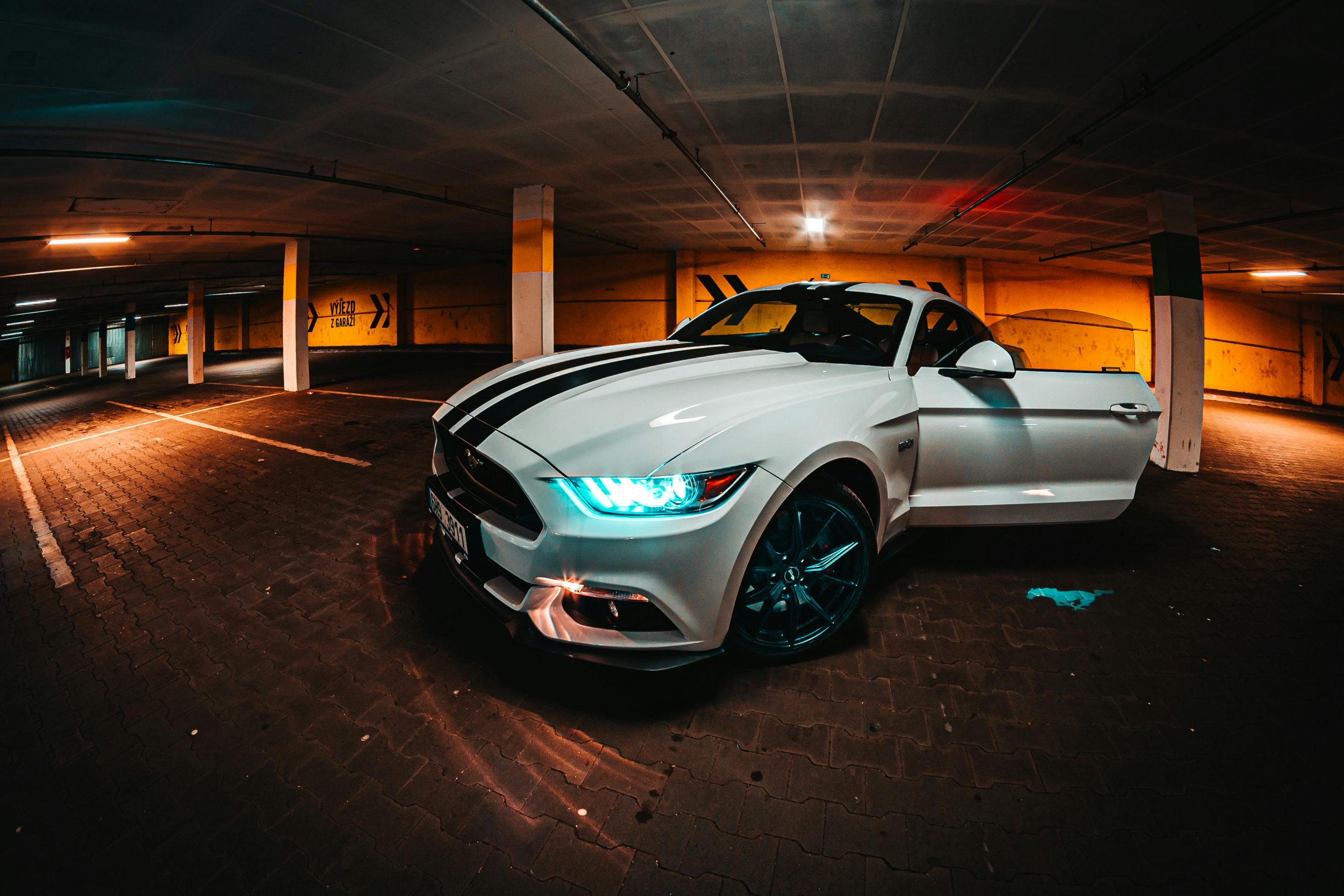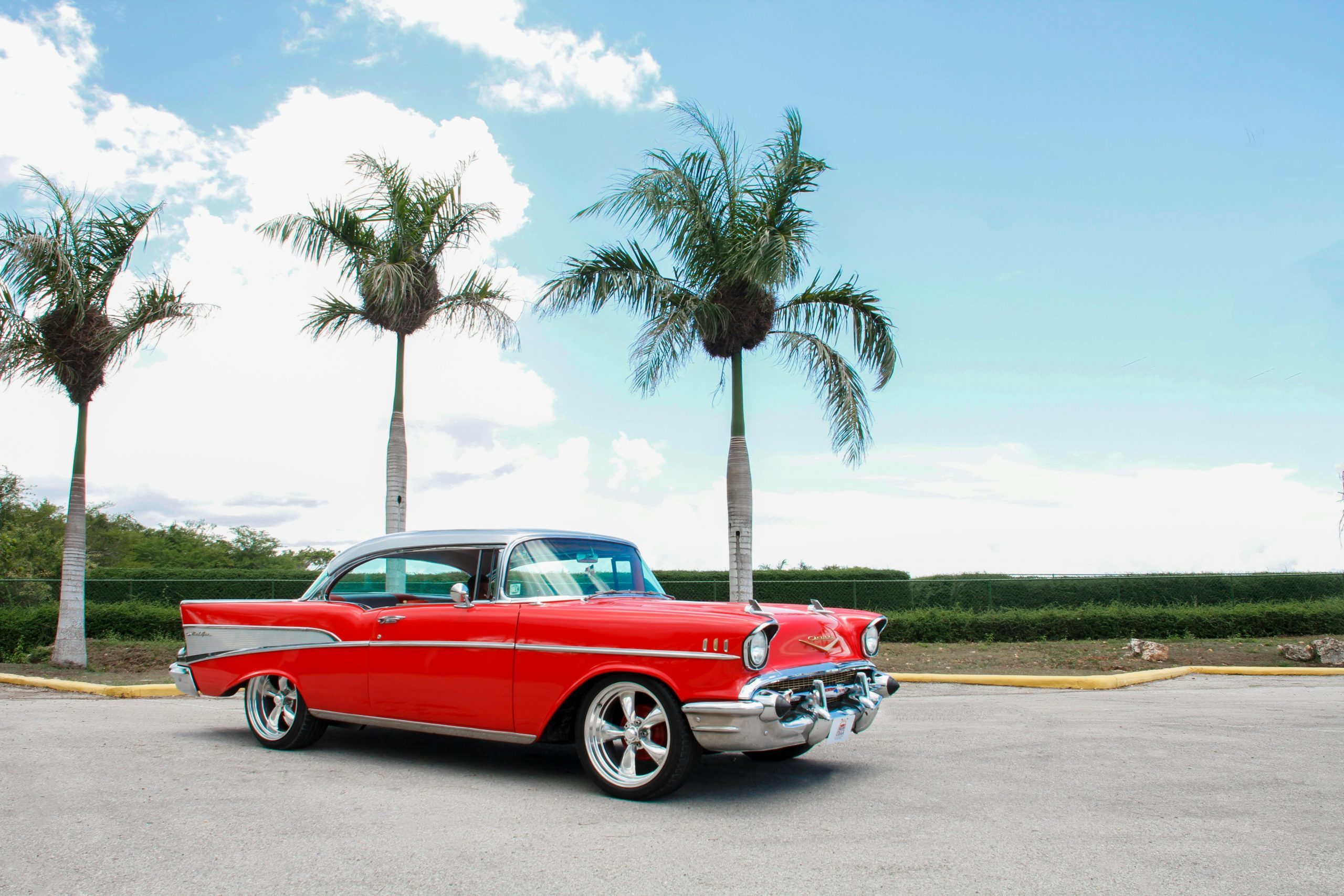
Muscle cars are iconic in the world of automobiles. They’re not just vehicles; they’re a symbol of power, style, and American ingenuity. From the throaty roar of their engines to their bold designs, muscle cars have captivated car enthusiasts and casual fans alike for decades. But what exactly is a muscle car, and how has it evolved over time? In this article, we’ll dive into the origins, evolution, and current state of these high-performance machines.
What Is a Muscle Car?
Before we dive into the history, let’s get one thing clear: what exactly is a muscle car? While the definition can vary depending on who you ask, the muscle car is generally recognized as a high-performance vehicle with a powerful engine, often designed for straight-line speed and acceleration. Muscle cars are typically associated with American-made vehicles, especially those built during the 1960s and 1970s.
Key Features of a Muscle Car:
- V8 Engine: Muscle cars are known for their large-displacement V8 engines, which provide the horsepower needed for fast acceleration.
- Bold Design: The exterior is often aggressive, with wide fenders, long hoods, and a low stance.
- Affordable Performance: While the cars are fast, they were typically marketed at a price point that made them more accessible than high-end sports cars.
- Focus on Power: These cars were built for speed and performance rather than luxury or comfort.
How Did Muscle Cars Start? The 1960s Revolution

The birth of the muscle car can be traced back to the early 1960s. This period marked a time when car manufacturers were looking to create vehicles that combined affordable price tags with high-performance engines. It was an era of experimentation, and manufacturers like Ford, Chevrolet, and Plymouth quickly realized the potential market for cars that offered both speed and style at a relatively low price.
The Early Days of Muscle Cars
In 1964, the Ford Mustang hit the market, and it was a game-changer. While the Mustang wasn’t initially classified as a true muscle car, its combination of affordable pricing and performance quickly made it a popular choice among performance enthusiasts.
Shortly thereafter, Chevrolet introduced the Chevy Camaro, and Pontiac launched the GTO. These two models are often credited as the first true muscle cars, designed specifically with performance in mind. The GTO, in particular, was marketed as a “real” muscle car, with a powerful engine and an aggressive look that spoke to its performance roots.
The Golden Era: The 1960s and 1970s
The 1960s and 1970s were the golden years for muscle cars. It was during this time that some of the most iconic models were released, and the muscle car culture was in full swing.
Power, Speed, and Style
Manufacturers were cranking out muscle cars at an incredible pace. The competition between brands like Ford, Chevy, Dodge, and Plymouth led to a race to create the fastest, most powerful cars on the market. And they succeeded.
- Chevrolet Chevelle SS 396: Released in 1965, this car had a 396 cubic inch V8 engine and was one of the most popular muscle cars of the era.
- Dodge Charger: The 1968 Dodge Charger became synonymous with muscle, thanks to its bold design and powerful engine.
- Plymouth Road Runner: Released in 1968, the Road Runner was a more affordable muscle car that still packed plenty of power under the hood.
Muscle Cars and Pop Culture
The 1960s and 1970s were also the golden age of American car culture. The muscle car became a symbol of freedom, rebellion, and youth. It was a car that attracted young, adrenaline-seeking drivers who wanted to make a statement on the road.
Movies like Bullitt (1968), featuring Steve McQueen in a Mustang GT500, helped solidify the muscle car as a cultural icon. The sound of those big V8 engines roaring through the streets became as much a part of the American landscape as the cars themselves.
The Decline of Muscle Cars in the 1970s
As we moved into the 1970s, however, things began to change. A combination of factors, including rising insurance costs, stricter government regulations, and the oil crisis of 1973, began to put a damper on the muscle car craze.
Environmental Regulations and the Oil Crisis
The 1970s saw the introduction of stricter emissions standards, which made it harder for car manufacturers to produce the high-performance engines that muscle cars were known for. The oil crisis further pushed manufacturers to focus on fuel-efficient vehicles, and many of the classic muscle cars began to fade from the spotlight.
In 1971, the Plymouth Hemi Cuda and other models began to feature lower horsepower engines, as the industry adjusted to the new regulations. By the end of the decade, the muscle car as it was originally known was nearly extinct.
The Revival: Muscle Cars in the 1980s and 1990s
Despite the challenges of the 1970s, muscle cars didn’t disappear entirely. In the 1980s and 1990s, manufacturers began to experiment with ways to bring the muscle car back.
A Shift in Design and Performance
During the 1980s, muscle cars started to get smaller, and the designs were more focused on aerodynamics rather than sheer power. The Chevrolet Camaro and Ford Mustang both underwent redesigns during this time, making them more modern and affordable, but still retaining a nod to their muscle car heritage.
While the 1980s didn’t see the muscle car fully return to its former glory, the 1994 Mustang Cobra and the 1993 Dodge Viper signaled the first signs of a new era for muscle cars. The performance was much closer to what enthusiasts were used to in the 1960s and 1970s, and the cars were gaining recognition once again.
Muscle Cars Today: A New Era of Power and Style

The 2000s and beyond have seen a resurgence of muscle cars. Today, the modern muscle car blends classic design with modern technology, making them more powerful, safer, and more comfortable than ever before. The engines are even more powerful than their 1960s counterparts, but now they also meet modern fuel efficiency and emission standards.
Modern Muscle Car Icons
- Dodge Challenger: The modern Challenger is a clear nod to the past, with its retro styling and powerful HEMI V8 engines. It offers up to 797 horsepower in the SRT Hellcat Redeye trim.
- Ford Mustang: The Mustang has been continually updated, with recent models offering more performance-oriented features like the Mustang GT500, which delivers 760 horsepower.
- Chevrolet Camaro: The Camaro continues to push the envelope with its aggressive design and powerful performance, especially in the ZL1 1LE trim, which offers 650 horsepower.
Muscle Cars in the Digital Age
In today’s world, muscle cars have also embraced digital advancements, from modern infotainment systems to advanced driver-assistance technology. However, at the heart of the modern muscle car is still the raw power and thrilling driving experience that first made them so popular.
What Makes a Modern Muscle Car Special?
So, what makes the modern muscle car stand out from the crowd? Here are a few factors:
- Engine Power: The engines in today’s muscle cars are more powerful than ever. Some models, like the Dodge Challenger SRT Demon, push over 800 horsepower.
- Technology: Modern muscle cars are packed with technology, offering features like adaptive cruise control, lane assist, and touchscreen infotainment systems.
- Performance: While these cars are incredibly powerful, they also offer better handling, braking, and safety features, making them suitable for both the track and the street.
Muscle Car Clubs and the Community: More Than Just a Car
Muscle cars are more than just powerful machines—they’re a way of life. Whether you own a classic muscle car or a modern-day powerhouse, there’s a strong community of enthusiasts who share the same passion. And just like any other fanbase, muscle car lovers have found their own niche through car clubs, meetups, and events.
What’s the Deal with Muscle Car Clubs?
Muscle car clubs are like a second family for many car enthusiasts. These clubs bring together people who share a love for fast cars, rich history, and the pure thrill of the ride. Some clubs are dedicated to specific makes, like Mustang Owners Clubs, while others focus on the broader muscle car culture.
Benefits of Joining a Muscle Car Club:
- Networking: Meeting other like-minded enthusiasts can lead to valuable connections, whether you’re looking for advice on a restoration project or just want to talk shop.
- Access to Events: Clubs often organize car shows, track days, and road trips. These events let you get your car out on the road, show it off, and bond with fellow gearheads.
- Restoration Help: For many muscle car owners, keeping their classic cars running means constant maintenance and restoration. Club members are often a great resource for finding parts, troubleshooting issues, or getting tips on keeping your ride in top shape.
- The Brotherhood: Being part of a muscle car community is like joining an exclusive club of people who appreciate the same thing—the rumble of a powerful engine, the thrill of a good drive, and the timeless appeal of American muscle.
Popular Muscle Car Events
One of the highlights of the muscle car community is the number of events held every year. Whether it’s a show, a race, or a swap meet, these events give enthusiasts a chance to flaunt their cars, share their stories, and make new memories. Some popular events include:
- The Muscle Car and Corvette Nationals (MCACN) in Rosemont, Illinois – A huge indoor event that showcases some of the best-restored muscle cars around.
- Woodward Dream Cruise in Detroit, Michigan – The largest one-day automotive event in the world, drawing classic and modern muscle car enthusiasts from all over.
- Hot August Nights in Reno, Nevada – A week-long event celebrating classic cars, muscle cars, and hot rods, featuring cruising, car shows, and even drag races.
The Social Media Scene
Let’s not forget the online community! Thanks to platforms like Instagram, Facebook, and YouTube, muscle car lovers can connect from anywhere in the world. You’ll find pages dedicated to everything from car restoration projects to track-day experiences, and even custom builds. For many, sharing their passion online has become a big part of the fun, whether it’s posting pics of their latest upgrade or just watching others’ muscle car content.
The Future of Muscle Cars
As technology continues to advance, the future of muscle cars looks exciting. We’re starting to see electric muscle cars making their way onto the market. The Ford Mustang Mach-E, an all-electric SUV, is one example of how Ford is blending muscle with modern tech. Who knows—electric V8 engines and hybrid technology may soon make their way into the muscle car world, combining raw power with eco-friendly performance.
Wrapping Up
From their explosive beginnings in the 1960s to their resurgence in the 21st century, muscle cars have remained a symbol of raw power, American ingenuity, and automotive passion. While the designs, technology, and regulations have evolved, the heart and soul of the muscle car remain the same. Whether you’re a fan of the classics or a lover of modern muscle, one thing is clear: the muscle car is here to stay, forever roaring down the streets in style.
So next time you hear that unmistakable growl of a V8 engine, you’ll know exactly what it is: a true muscle car.
